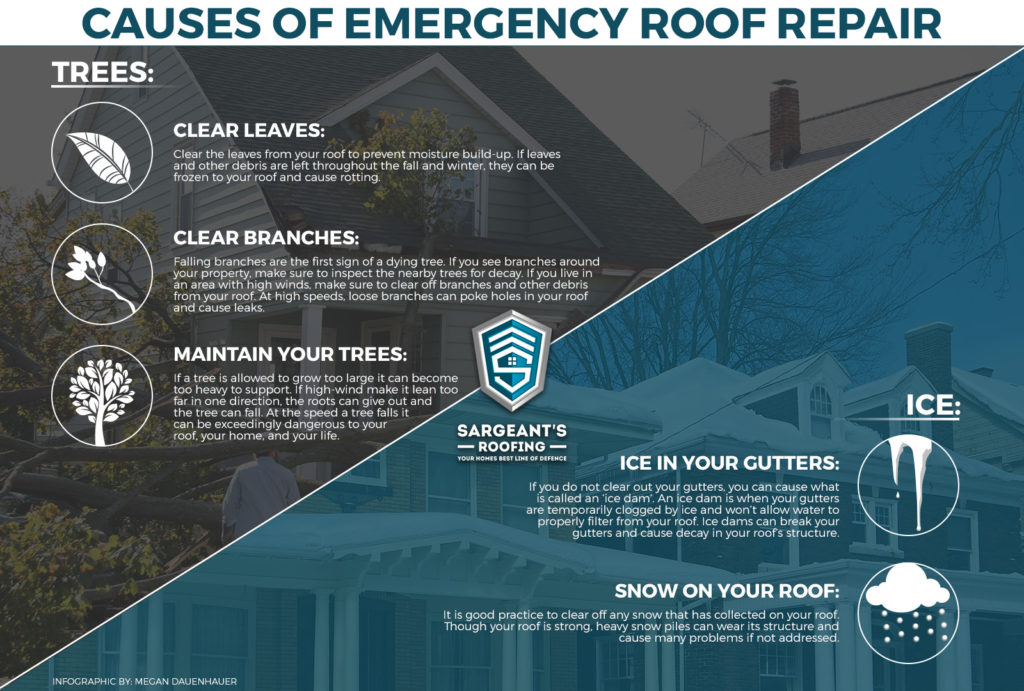Regular Mistakes In Roofing System Setup And Strategies For Avoidance
Regular Mistakes In Roofing System Setup And Strategies For Avoidance
Blog Article
Article By-Bossen Mark
When you're preparing a roofing installation, it's easy to neglect crucial details that can result in significant troubles down the line. You may be lured to cut edges on product option or avoid proper blinking setup, yet these common blunders can lead to pricey fixings later. Understanding the significance of air flow and adhering to local building codes is vital for an effective job. So, what are the essential steps you should require to ensure your roof stands the test of time? Let's explore some reliable approaches to prevent these mistakes.
Poor Product Option
When it concerns roof covering setup, selecting the wrong materials can bring about costly problems down the line. You may think that any type of roof product will certainly do, but that's a typical false impression. It's essential to pick products that suit your local environment and the specific demands of your home.
For instance, if you reside in an area with heavy rainfall or snow, going with asphalt shingles might not be the very best choice. Rather, consider more durable options like metal or slate.
Furthermore, take notice of the quality of the products you're thinking about. Low-cost products might conserve you money upfront, yet they typically lack long life and can lead to constant fixings or replacements.
You ought to also think of the design of your home and ensure the products you choose will maintain its visual appeal.
Finally, do not fail to remember to seek advice from experts. They can give important insights and suggest products that adhere to neighborhood building codes.
Investing time in proper material selection currently can aid you stay clear of migraines and expenses in the future, making your roof job a success.
Inadequate Flashing Installment
Selecting the appropriate materials isn't the only element that can bring about roofing issues; poor flashing installation can also produce substantial concerns. Flashing is vital for routing water far from vulnerable locations, such as chimneys, skylights, and roofing system valleys. If it's not installed properly, you take the chance of water intrusion, which can result in mold development and structural damages.
When you set up blinking, guarantee it's the right kind for your roof covering's layout and the neighborhood climate. As an example, metal flashing is usually more durable than plastic in locations with hefty rainfall or snow. Ensure the flashing overlaps suitably and is protected securely to avoid spaces where water can permeate through.
roofing services san antonio tx need to likewise focus on the installment angle. Flashing should be placed to direct water far from your house, not towards it.
If you're unsure about the installment procedure or the materials needed, seek advice from an expert. https://shinglesroofing73940.bloggactif.com/33547516/what-is-the-advisable-frequency-for-roof-covering-inspections can aid determine the most effective blinking choices and guarantee whatever is installed properly, securing your home from possible water damages.
Taking these steps can conserve you time, cash, and frustrations later on.
Neglecting Ventilation Demands
While numerous home owners focus on the visual and architectural aspects of roofing system installation, overlooking air flow requirements can lead to serious lasting consequences. https://shanejdxrl.blogoscience.com/38614520/stop-expensive-repair-work-by-implementing-normal-roof-maintenance-explore-essential-tips-that-can-safeguard-your-home-in-unexpected-means is vital for controling temperature level and moisture degrees in your attic room, avoiding issues like mold and mildew development, timber rot, and ice dams. If you do not set up ample air flow, you're establishing your roof covering up for failing.
To avoid this blunder, first, analyze your home's details ventilation requirements. A balanced system generally consists of both consumption and exhaust vents to advertise airflow. Ensure you have actually mounted soffit vents along the eaves and ridge vents at the top of your roofing. This combination allows hot air to leave while cooler air goes into, keeping your attic room room comfy.
Also, think about the kind of roof covering material you have actually chosen. Some products might call for additional ventilation approaches. Ascertain your regional building ordinance for ventilation standards, as they can vary dramatically.
Finally, don't neglect to evaluate your air flow system consistently. Blockages from debris or insulation can restrain air movement, so keep those vents clear.
Final thought
Finally, preventing common roof covering setup mistakes is vital to guaranteeing your roof covering's durability and effectiveness. By picking the ideal materials for your environment, mounting blinking properly, and attending to air flow demands, you can avoid costly problems later on. Do not forget to acquaint yourself with regional building regulations and routine routine assessments. With these steps, you'll delight in a risk-free, durable roofing that safeguards your home for many years to come. Pleased roof covering!
